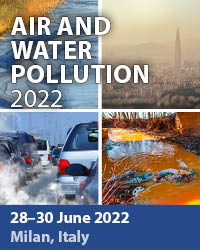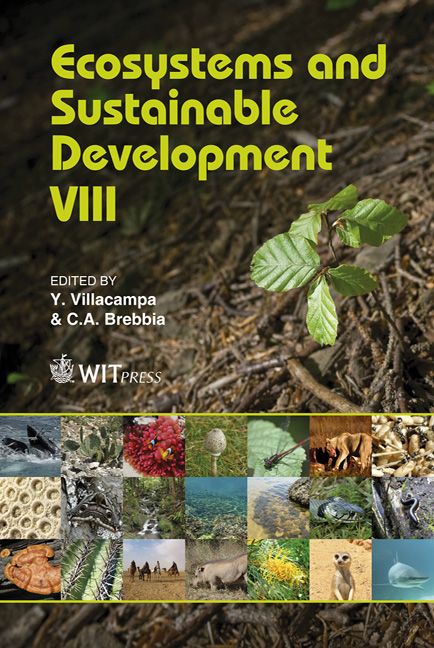Identifying The Most Relevant Issues To Minimize An Automated Irrigation Water Supply In Vineyards Using Data Mining
Price
Free (open access)
Transaction
Volume
144
Pages
9
Page Range
353 - 361
Published
2011
Size
2,460 kb
Paper DOI
10.2495/ECO110311
Copyright
WIT Press
Author(s)
A. Rabasa Dolado, J. M. Molina Martínez, H. Puerto Molina, J. J. Rodríguez-Sala, L. Santamaría Arana & A. Ruiz Canales
Abstract
In order to carry out optimal daily irrigation programming for vineyard production, different variables have to be considered. Some of them are related to soil (soil moisture variation), other variables are related to crop (variety, dendrometry, leaf temperature) and finally some climatic variables are considered (reference evapotranspiration ETo and rainfall). This daily irrigation programming is traditionally based on physical–mathematical models (soil water balance, radiation, drainage among others). This is a model-driven methodology. However, in this paper a data-driven methodology is proposed. With this methodology, the daily water consumption of a crop is estimated from daily values acquired through the variables described above. This approach predicts minimal water consumption. In addition, the significant variables in daily water consumption according to crop and phenological phases are determined. The experiment was developed in a vineyard farm located in Villena, Spain. Representative daily data of five vineyard varieties (Cabernet Blanc, Merlot, Petit Verdot, Sauvignon Blanc and Syrah) were collected from 2005 to 2009. These data were subsequently analysed by Data Mining techniques that are oriented to extraction and rule systems classification. This methodology will be used in the development of applied algorithms in software for decision tools in irrigation programming for vineyard production. Keywords: Da a Mining, irrigation, vineyard.
Keywords
Data Mining, irrigation, vineyard





